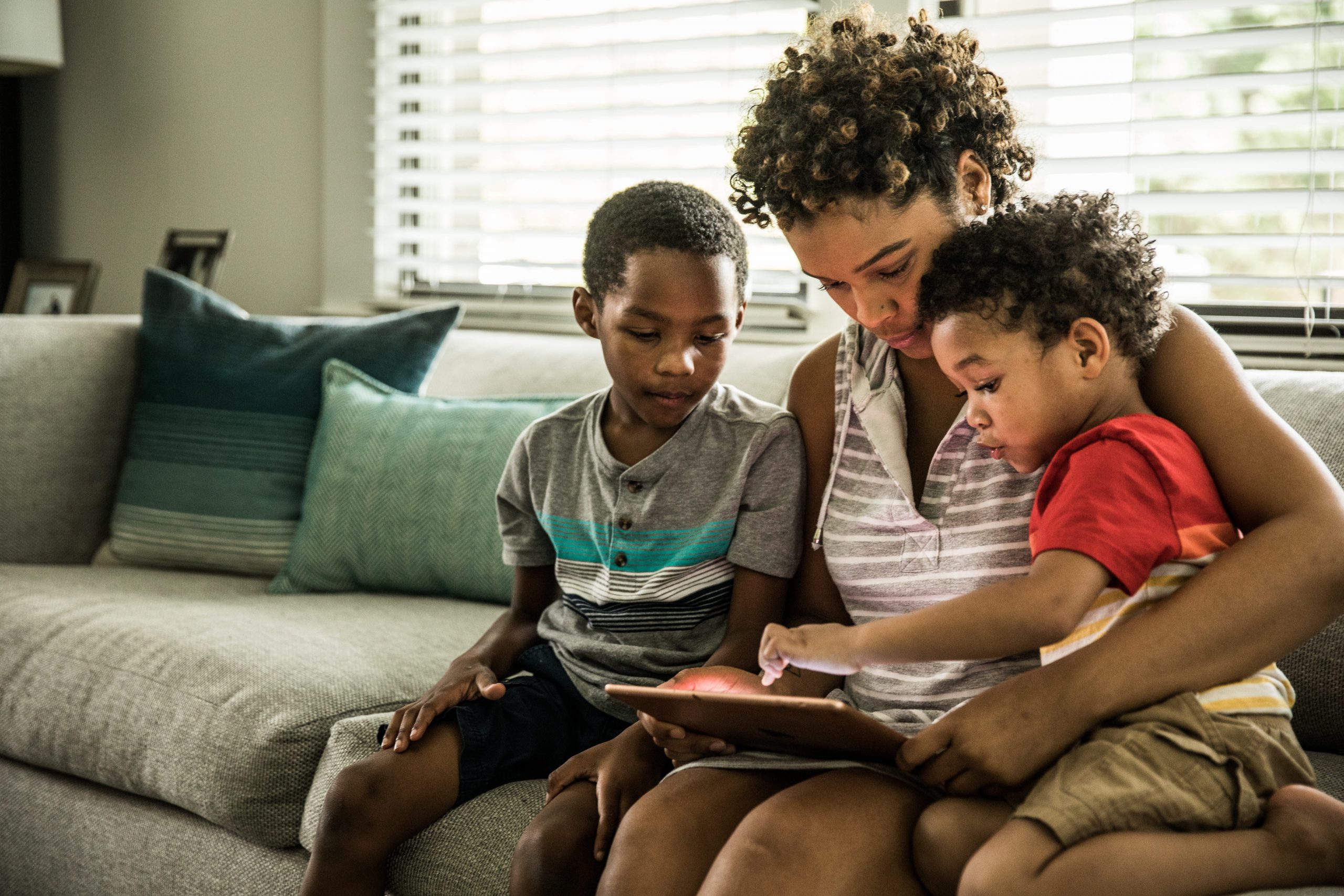- Over one billion students of all ages are currently away from the classroom worldwide – and no one knows what a return looks like.
- Museums, zoos, learning platforms and more have all rolled out online educational opportunities for free during this period of social distancing. These are especially useful for younger audiences.
- Business Insider has rounded up a few ideas for keeping your elementary school kids engaged at home with free digital resources, from letting a celebrity read an iconic children’s story to them or tuning into a professional artist’s video series about doodling.
- Visit Business Insider’s homepage for more stories.
The Kennedy Center’s artist-in-residence, Mo Williams, recorded a free 15-episode series called “Lunch Doodles” from his art studio at home to encourage kids to explore their creativity. The series is also accompanied by downloadable drawing activities.
Foto:
Source: The Kennedy Center
There are a number of educational YouTube channels that feature quick, fun videos answering kids’ questions about science. Mystery Doug, for example, is a channel operated by a science teacher that grapples with questions like “Do fish sleep?” and “How do batteries work?”
Foto:
Source: Mystery Doug
Some websites allow kids to continue learning basic skills while out of the classroom. For example, SplashLearn is a free website allowing kids to practice math through interactive games.
Foto:
Source: SplashLearn
Museums and zoos are also providing free educational content. The Smithsonian Institute is offering live video streams of the National Zoo, where four cheetah cubs were just born.
Foto:
Source: Smithsonian Institute
The Smithsonian Institute is also offering an inside peek at the National Portrait Gallery. Its website even includes downloadable coloring sheets.
Foto:
Source: Smithsonian Institute
Other museums are also hosting virtual visits. The Met in New York City is using 360° technology to create an interactive way to view the exhibits digitally and the Musee d'Orsay in Paris partnered with Google Arts & Culture to craft a walk-through.
Foto:
Source: The Met 360° Project, Google Arts & Culture
Storyline Online, the SAG-AFTRA Foundation's literacy program, features endless videos of celebrities reading popular children's books, like Rose Byrne reading "The Tale of Peter Rabbit."
Foto:
Source: Storyline Online
Some children's musicians are transitioning from live shows to live streams. A website called Playtime Playlist is constantly updating a schedule featuring a wide variety of performers using different platforms like Facebook Live and Instagram Live.
Foto:
Source: Playtime Playlist

